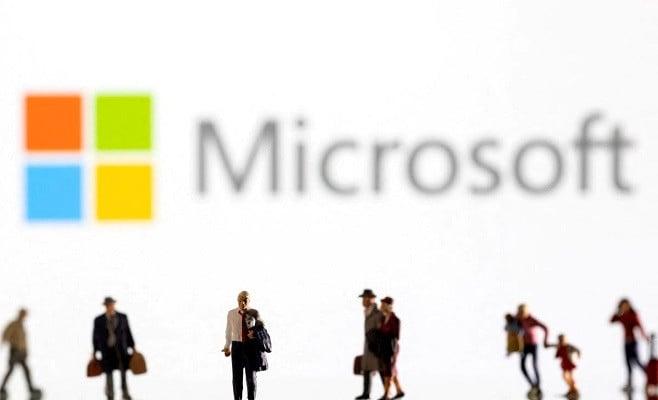Samsung Electronics (005930.KS) is anticipated to report a 13-fold increase in second-quarter profit from the previous year, driven by rising demand for artificial intelligence technology, which has led to a rebound in memory chip prices.
According to an average of LSEG SmartEstimates from 27 analysts, with a focus on those who are more consistently accurate, the world’s largest producer of memory chips, smartphones, and TVs likely achieved an operating profit of 8.8 trillion won ($6.34 billion) for the quarter ending June 30. This would mark Samsung’s highest profit since the third quarter of 2022, compared to an operating profit of 670 billion won in the same period last year.
The semiconductor division of the tech giant likely saw continued improvement, with its second consecutive quarterly profit as memory chip prices rose from a mid-2022 to end-2023 slump caused by weak post-pandemic demand for gadgets that use these chips.
Analysts attribute the broad recovery in the chip industry to surging demand for high-end DRAM chips, such as high bandwidth memory (HBM) chips used in AI chipsets, as well as chips used in data center servers and AI service devices.
During the second quarter, DRAM chip prices increased by approximately 13% to 18% compared to the previous quarter, while NAND Flash chip prices rose by 15% to 20%, according to data from TrendForce.
The estimated Q2 operating profit for Samsung’s chip division was 4.6 trillion won, based on the average of 10 analysts’ forecasts. This is a significant turnaround from the 4.36 trillion won loss reported in the same period last year.
The mobile business likely reported an operating profit of around 2.2 trillion won, based on the average forecasts from 10 analysts, down from 3.04 trillion won a year ago.














